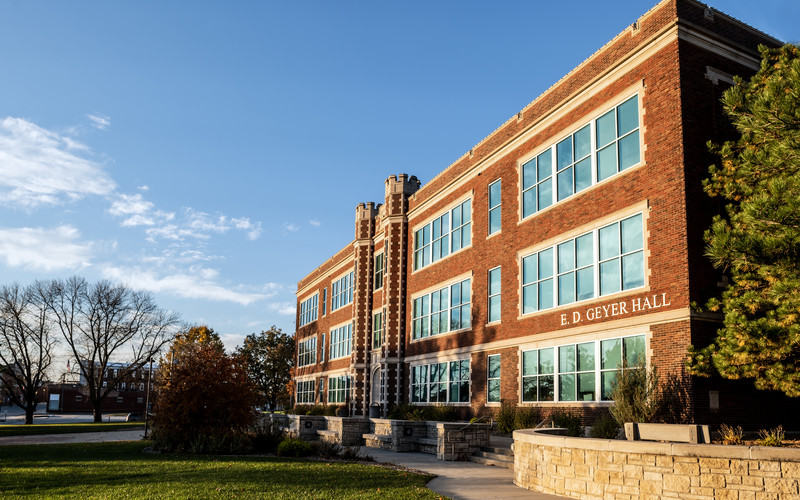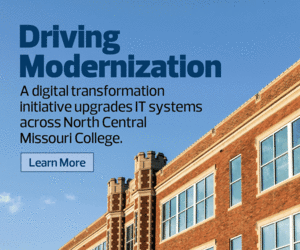Digital Transformation Helps Higher Ed Institutions Prep for the Future
Digital transformation (DX) is at or near the top of nearly every list of the buzziest terms in higher education: “Digital transformation is upon us,” notes EDUCAUSE on the website the organization has devoted to the subject. It’s the “future of higher education,” “the result of a process,” a change that usually requires a lengthy “journey.”
But what is DX, exactly? And what does it take to manage a DX initiative successfully?
“Digital transformation,” says Betsy Reinitz, EDUCAUSE’s director of enterprise IT programs, “is the process of optimizing a college or university through shifts in culture, workforce and technology.” It’s about deploying digital solutions that enable an institution’s mission and goals, she adds, but it’s also about “making your value proposition more obvious to students, faculty and the entire school community.”
While digital transformation looks different at every institution, those that have led successful DX initiatives have typically excelled at making quick decisions and changing directions when needed, Reinitz says. Similarly, the technologies they’ve turned to are tools that allow for this kind of flexibility, and the IT governance processes they’ve put in place ensure their digital investments align with institutional strategy.
“The important thing to understand is that DX makes the institution prepared for whatever challenges are coming,” Reinitz explains. “I hear from university CIOs all the time that that’s what they’re trying to do — to get themselves ready, to become more resilient. They see digital transformation as the key to moving forward.”
EXPLORE: 5 emerging technology trends higher ed is watching for in 2022.
SMU Opts for Change via Human and Digital Solutions
One CIO who would agree with that is Michael Hites, at the Office of Information Technology at Southern Methodist University in Texas.
In SMU’s case, Hites notes, the starting point for digital transformation was in 2015, two years before he joined the team. Back then, the university maintained many different IT departments, each of which served a different SMU school. It wasn’t a cost-effective way of doing business, and it meant that the college lacked an overarching strategy for providing quality services across the entire campus.
Jason Warner, SMU’s associate CIO of academic technology services, was there when the university made the decision to consolidate IT into a single unit.
“We knew that in order to do special things with technology, we needed to act cohesively,” he says. Hites, Warner adds, inherited that consolidation, “and has helped us to see that digital transformation is really about people and building relationships.”
Among the DX-focused projects that Hites and his team determined they needed to tackle first was the development of a new, three-year strategic plan. “Every aspect of our university uses information technology,” the plan notes before spelling out goals leading up to and through 2022.
RELATED: Advancing and streamlining DX in higher ed.
Their strategy would entail close collaboration with community members across the SMU campus, including teachers, students, researchers and administrators. It would also involve significant investments in new systems — the tools they’d need to support and provide services to those stakeholders.
When the pandemic arrived, Hites recalls, the new structure was operational, IT governance was “fully functional” and the updated strategic plan was in place. The team had already implemented or tested many of the technologies that remote learning required.















